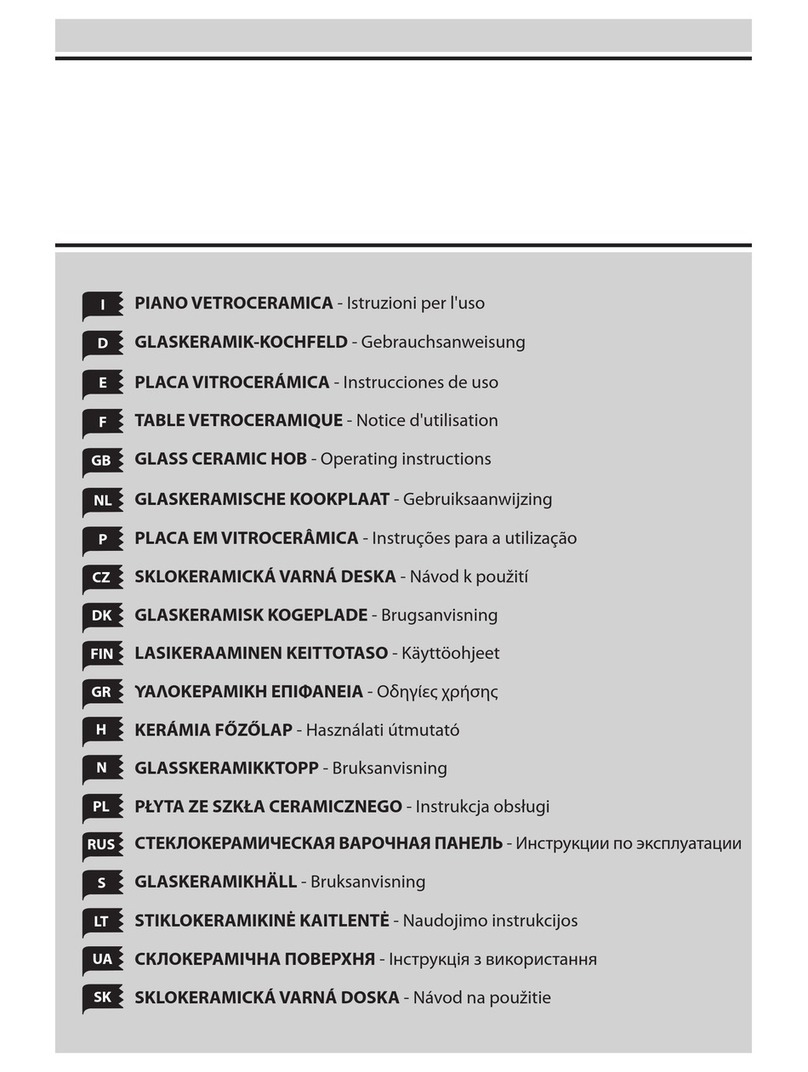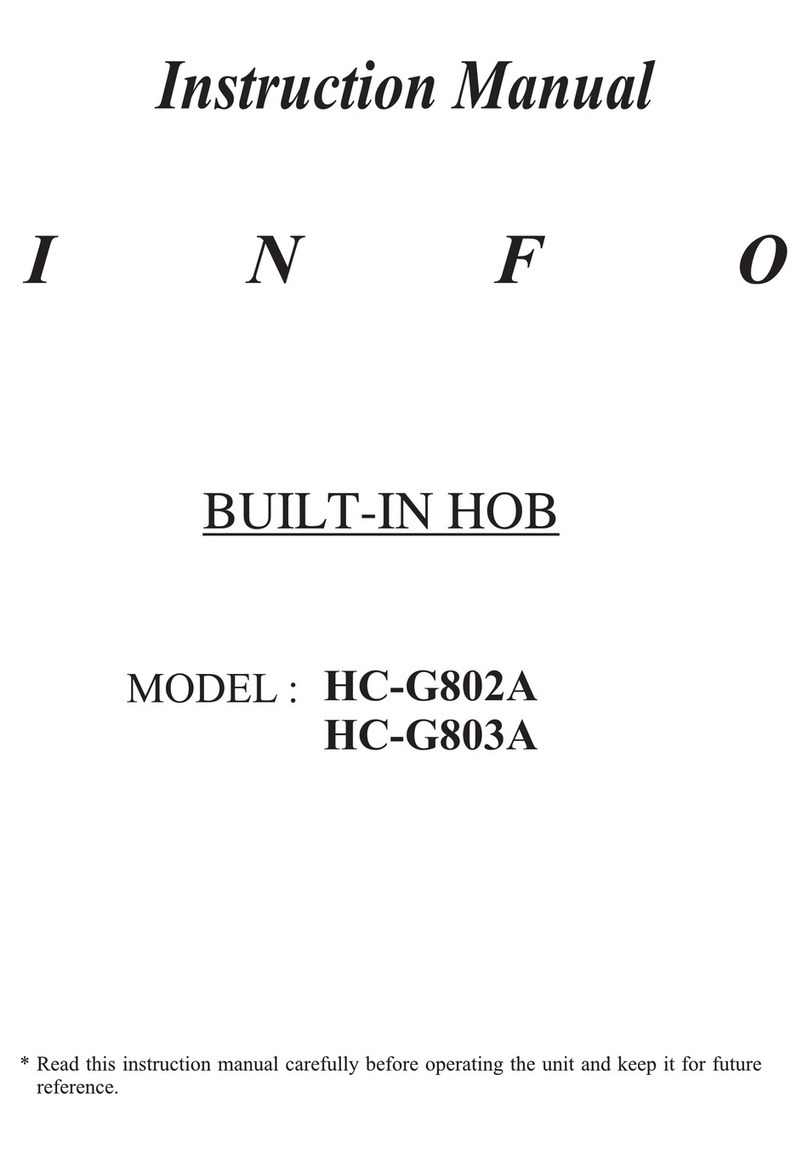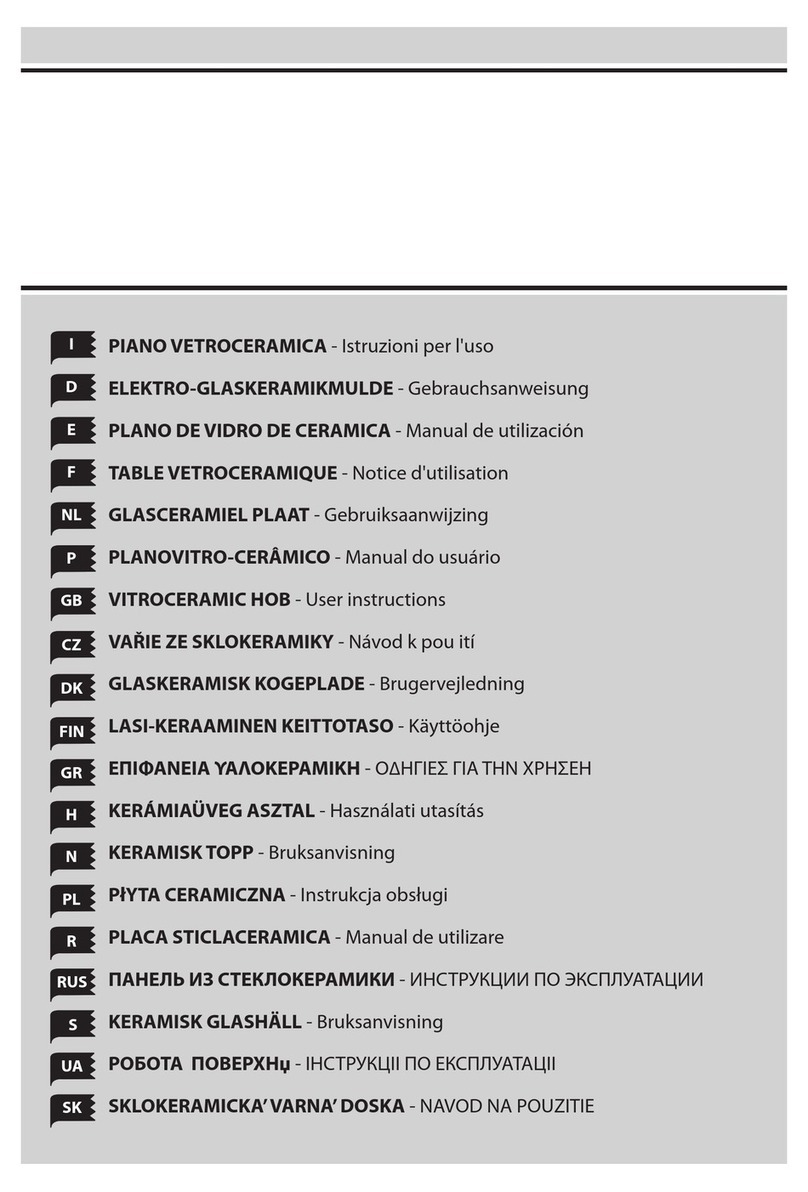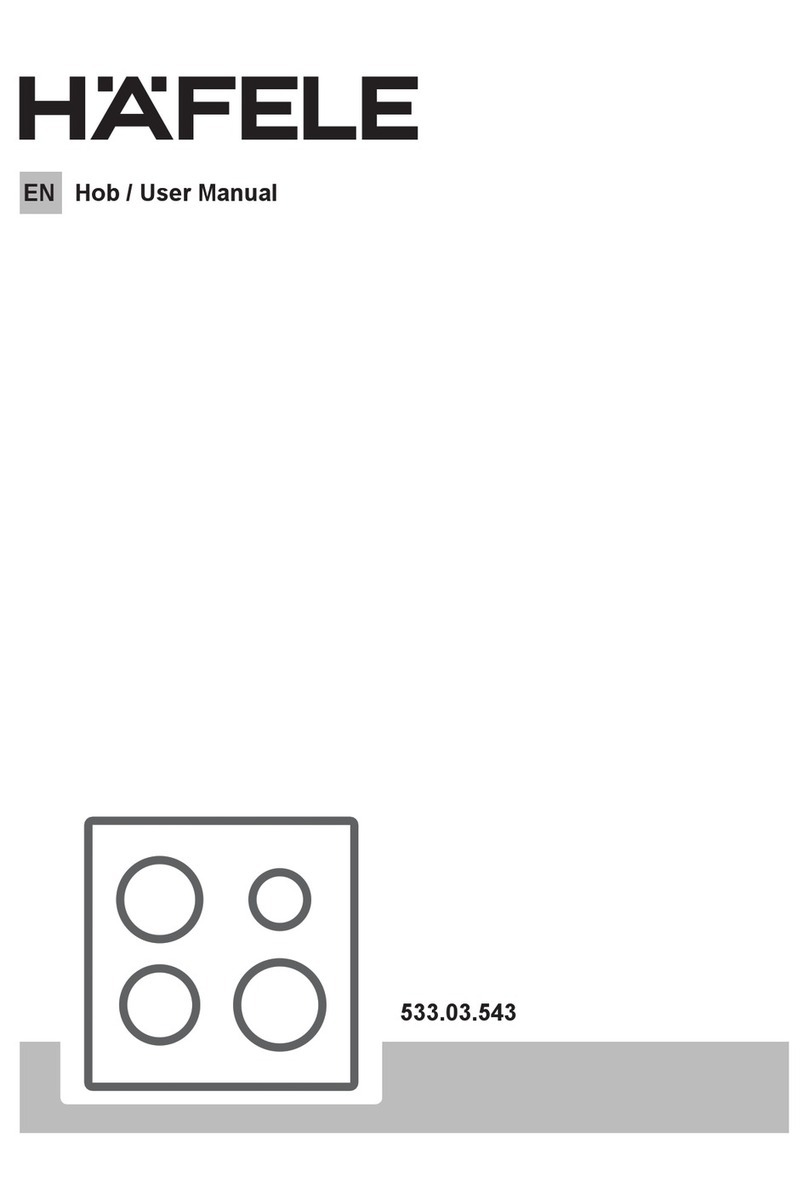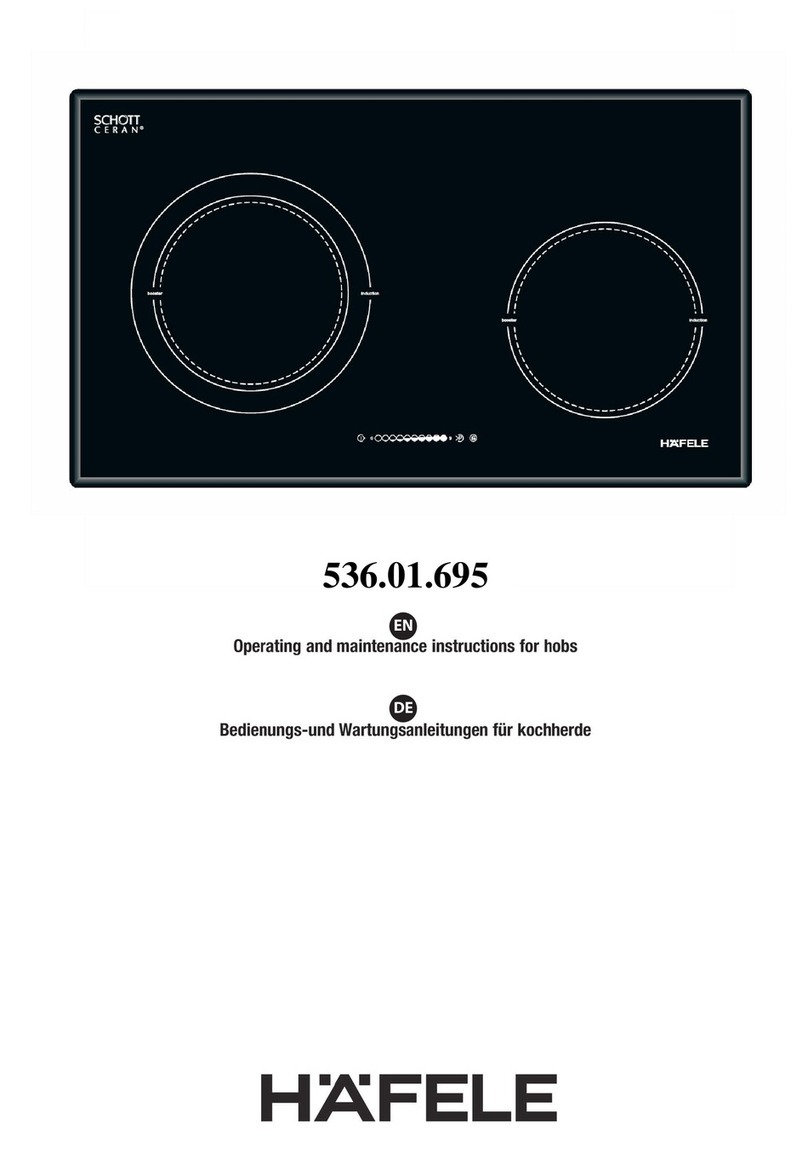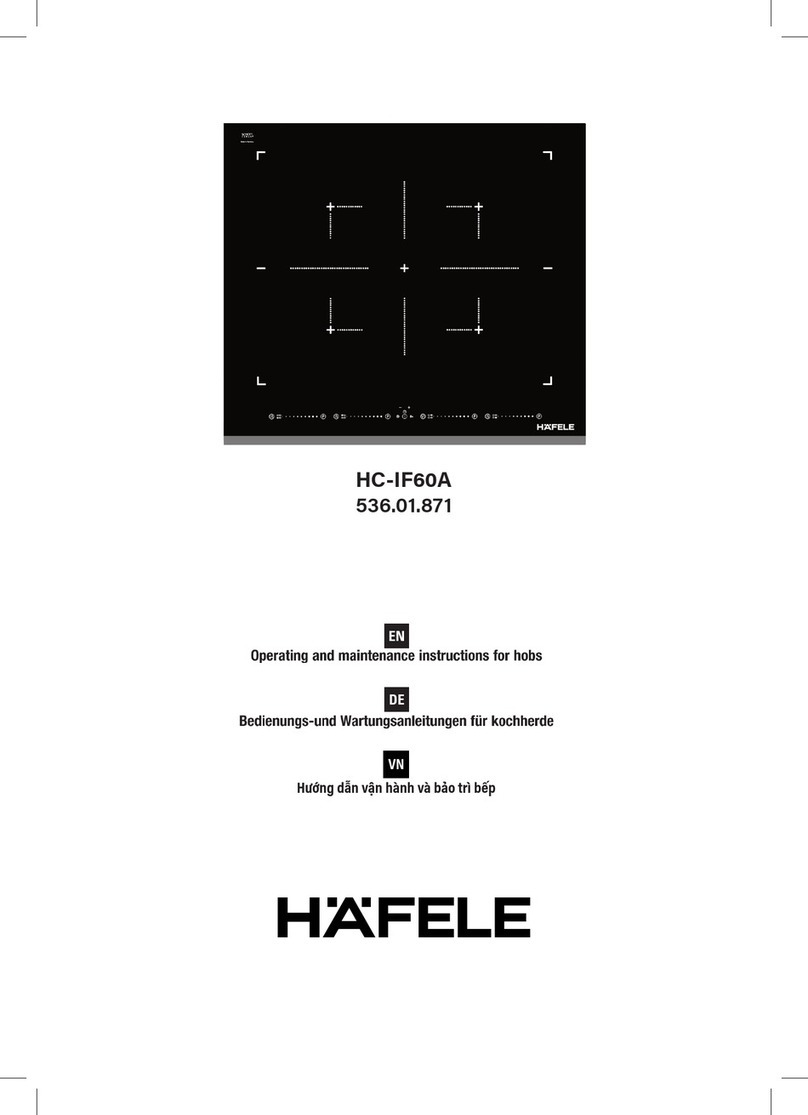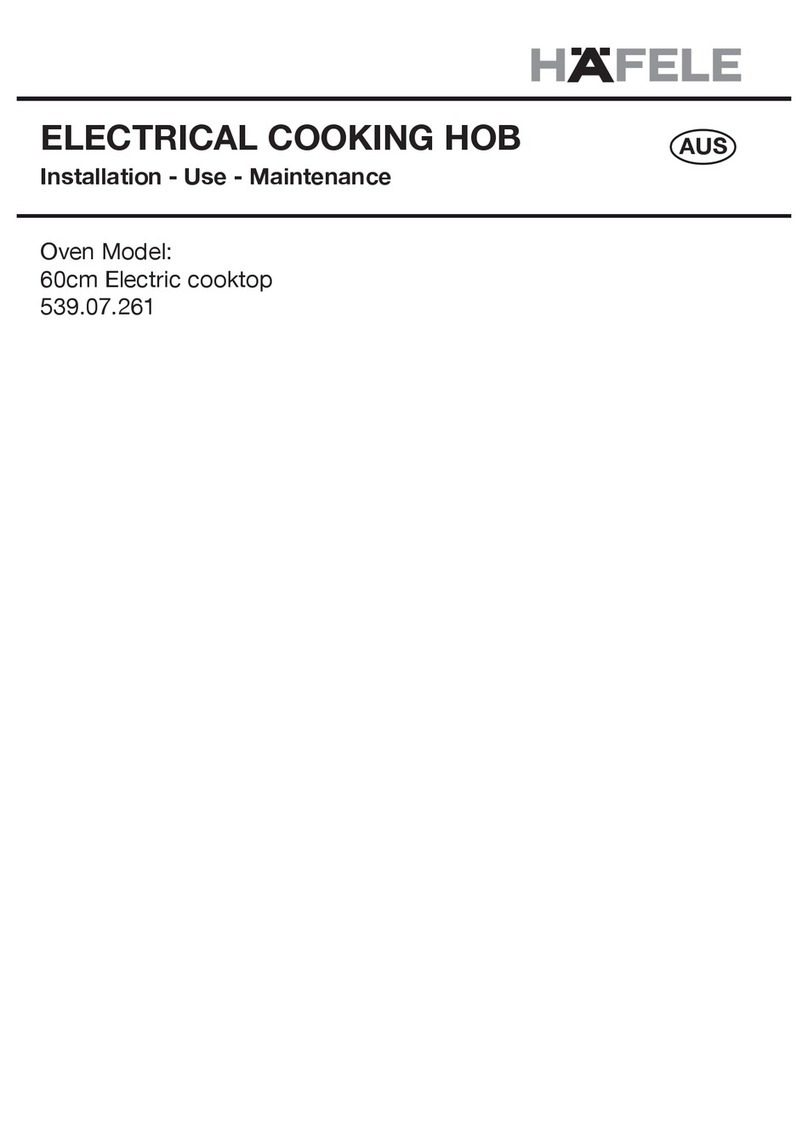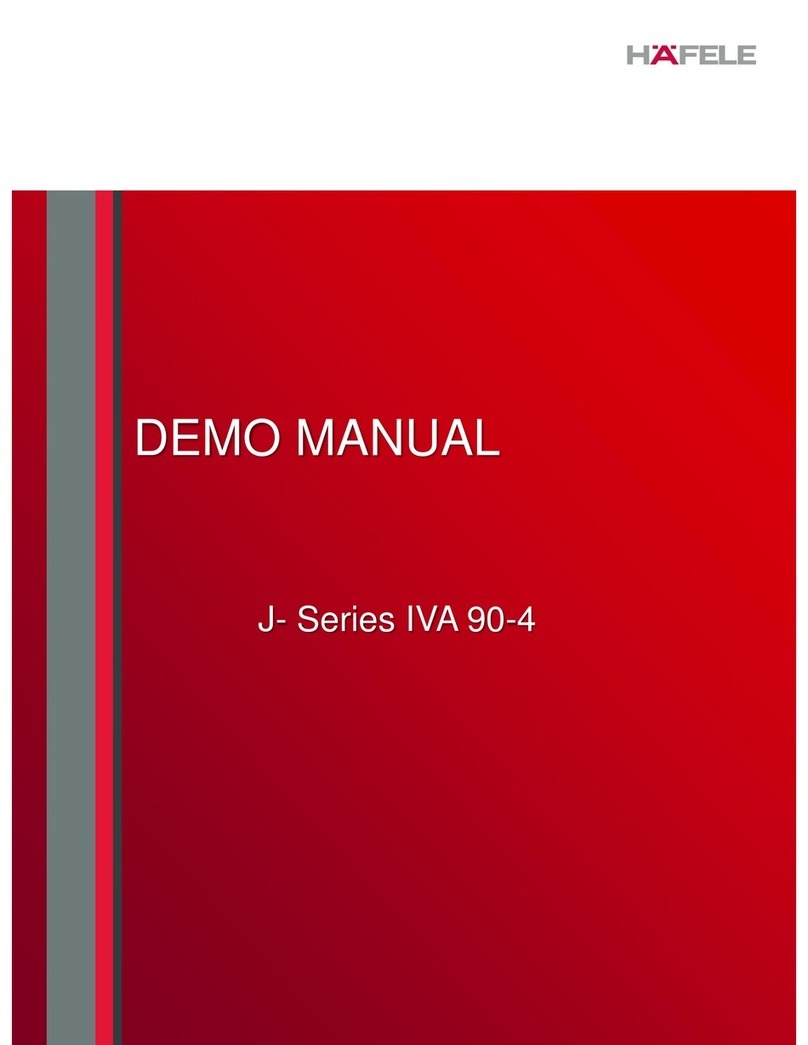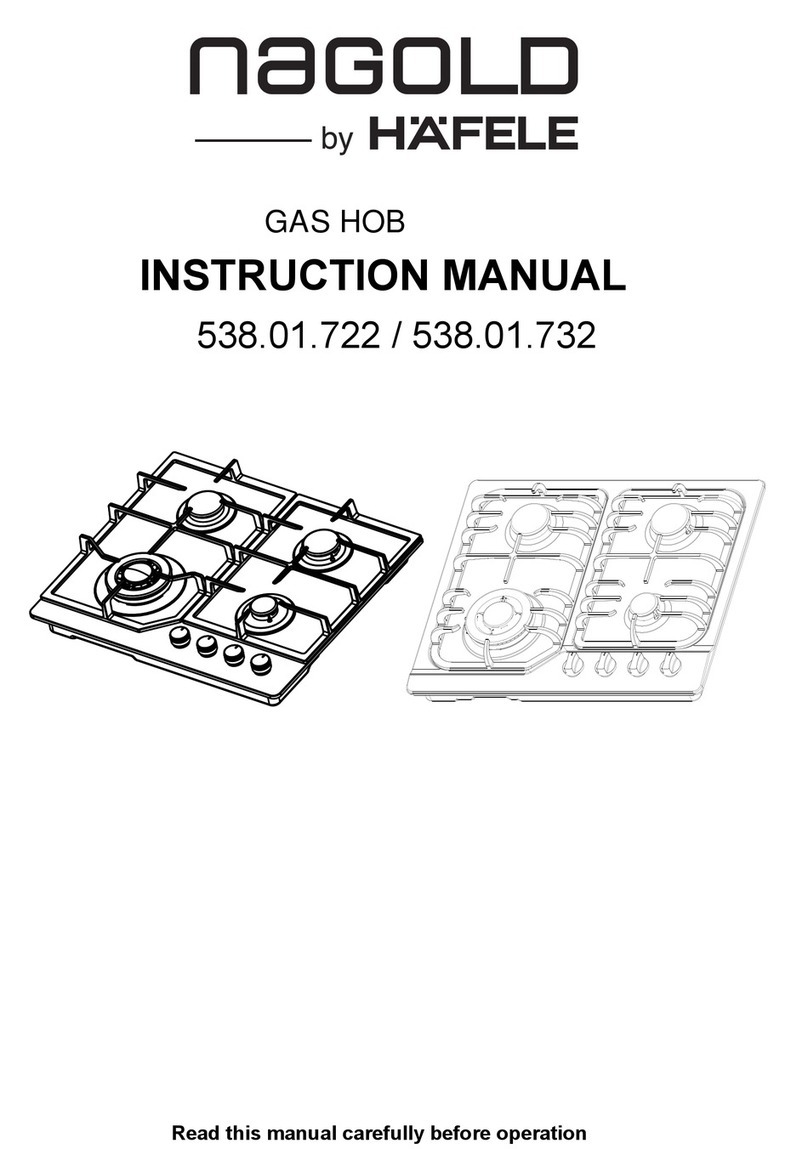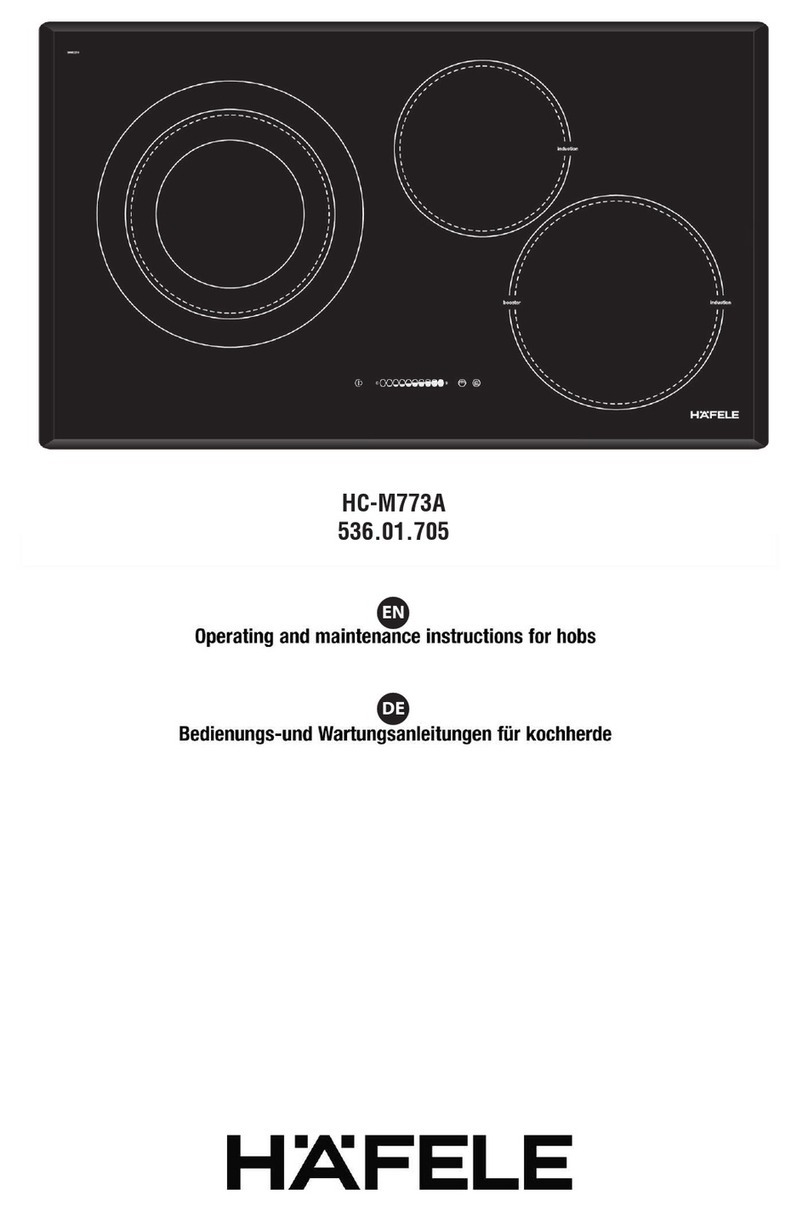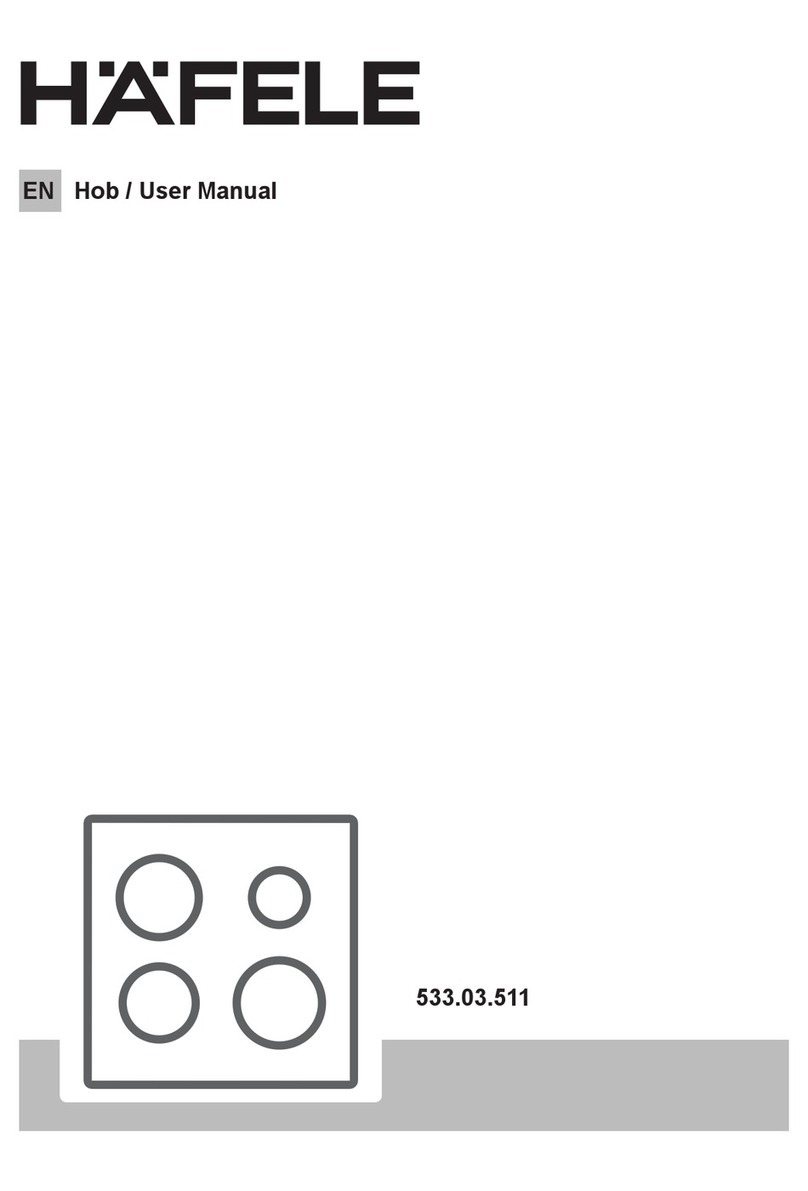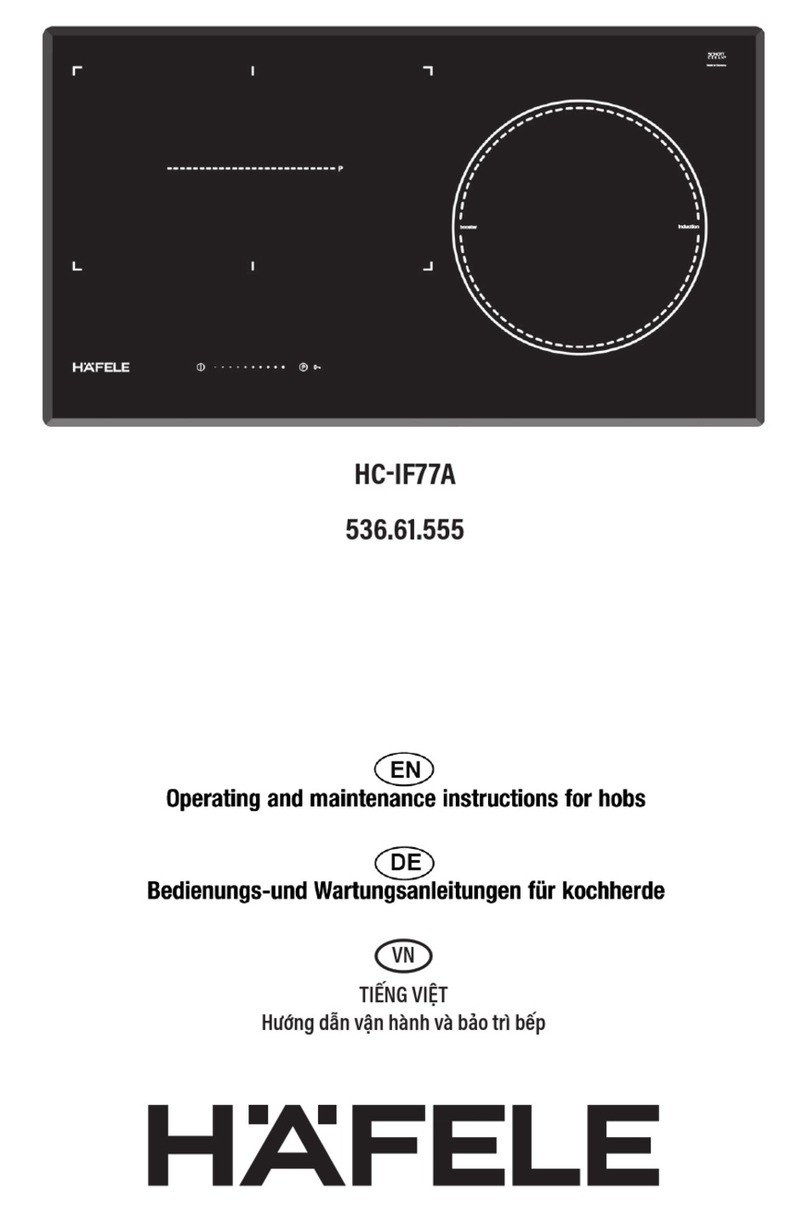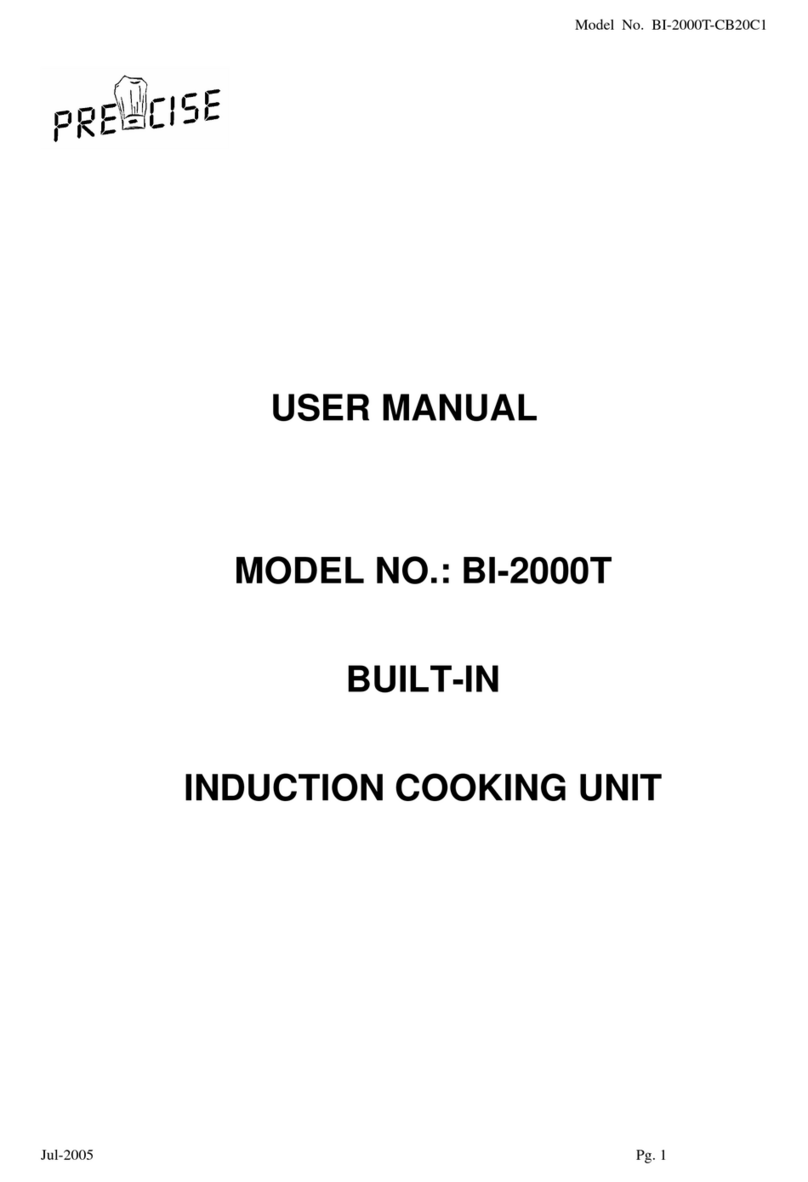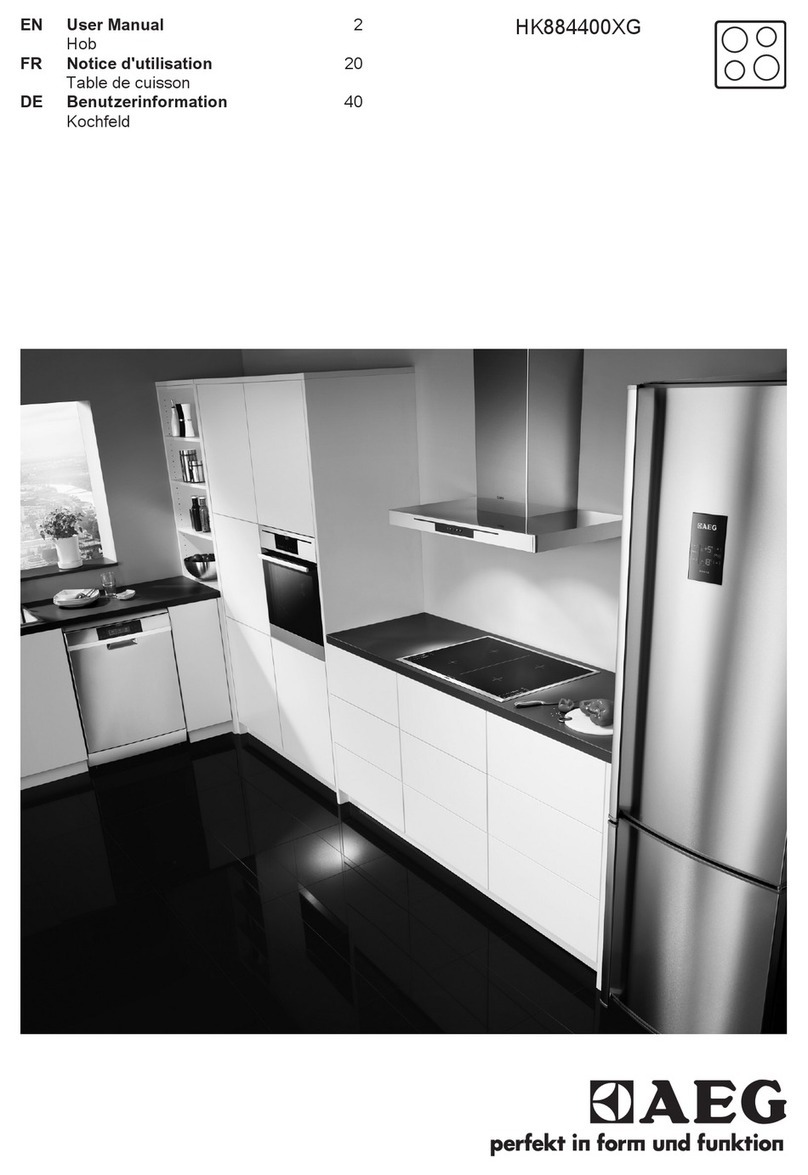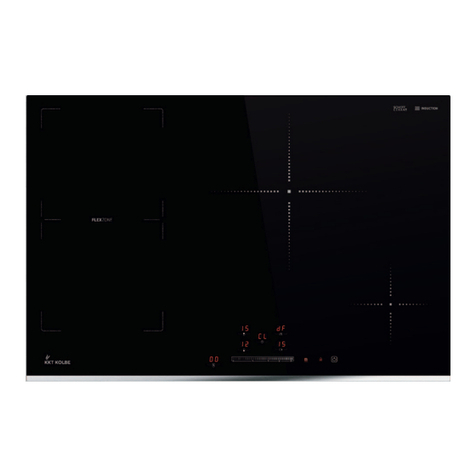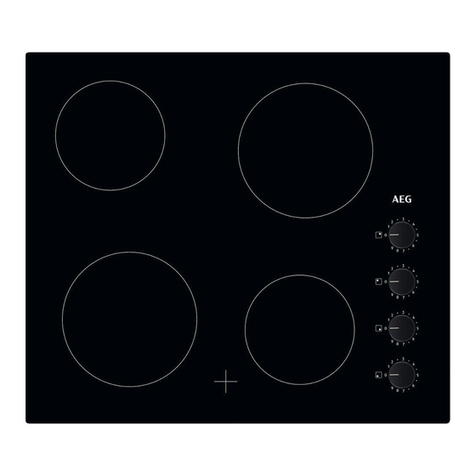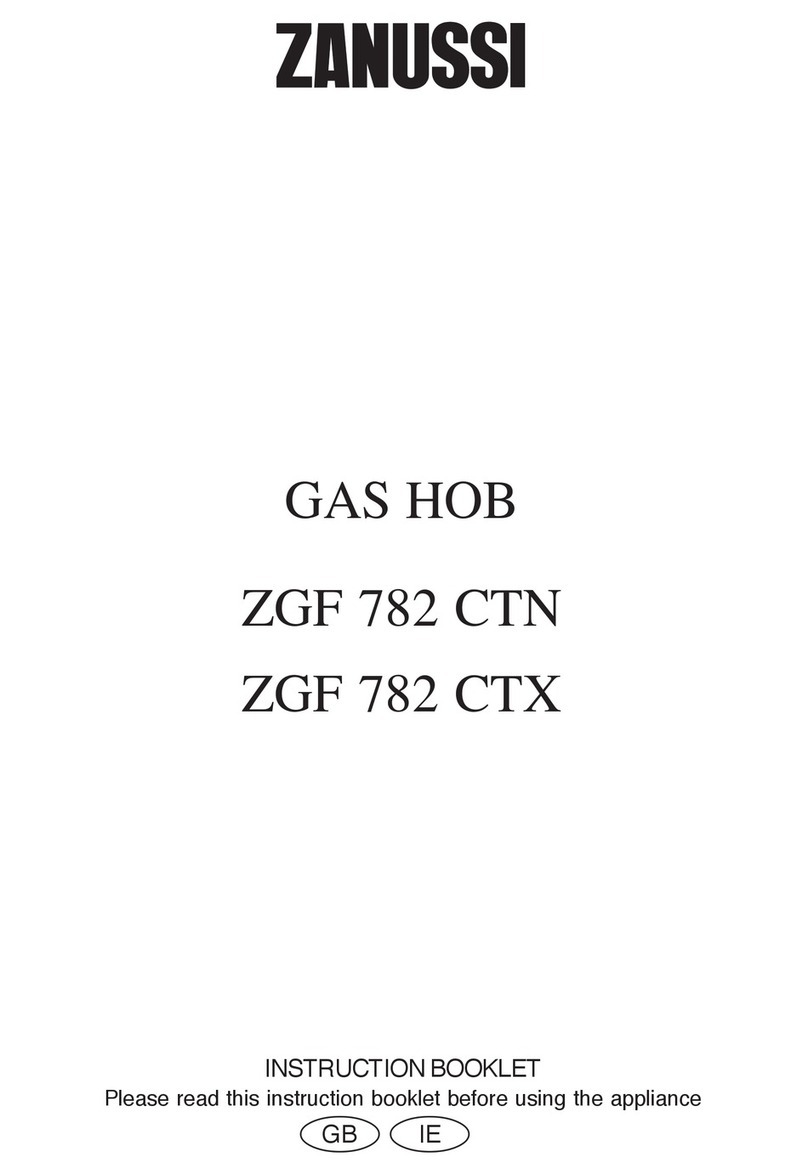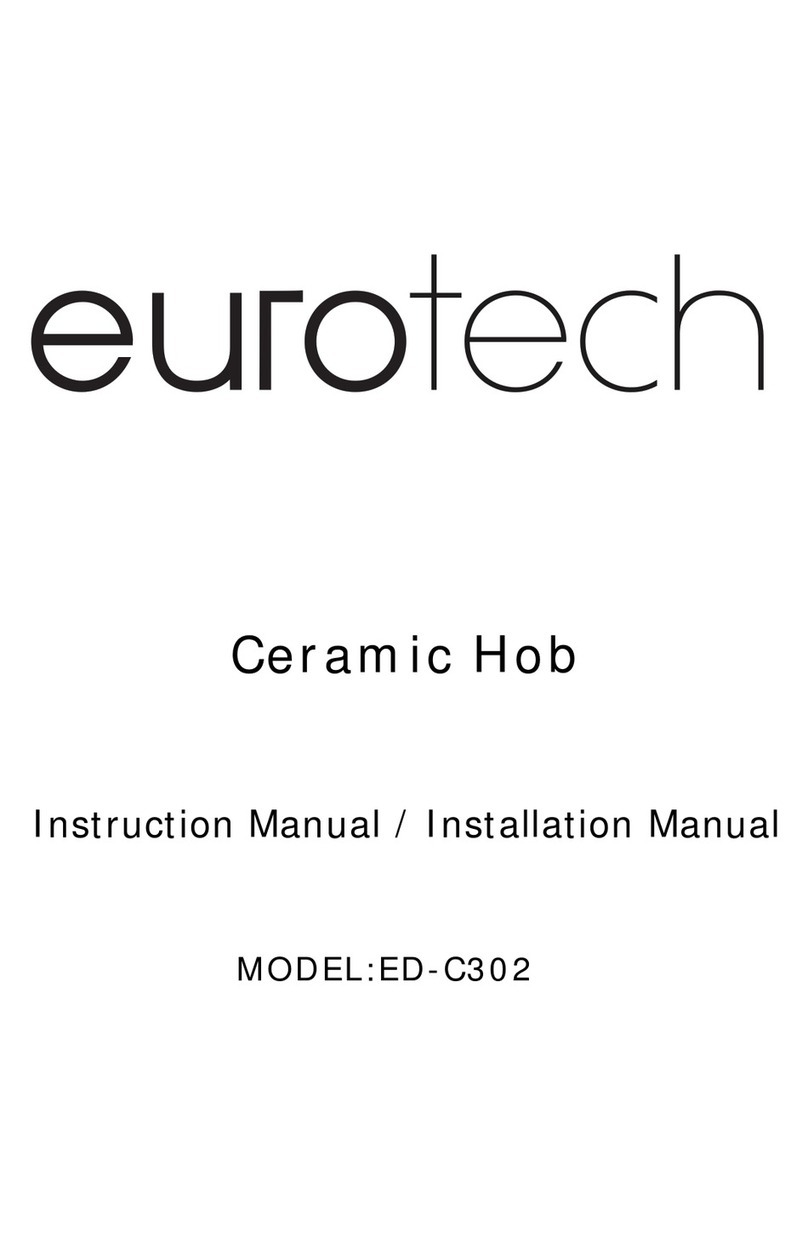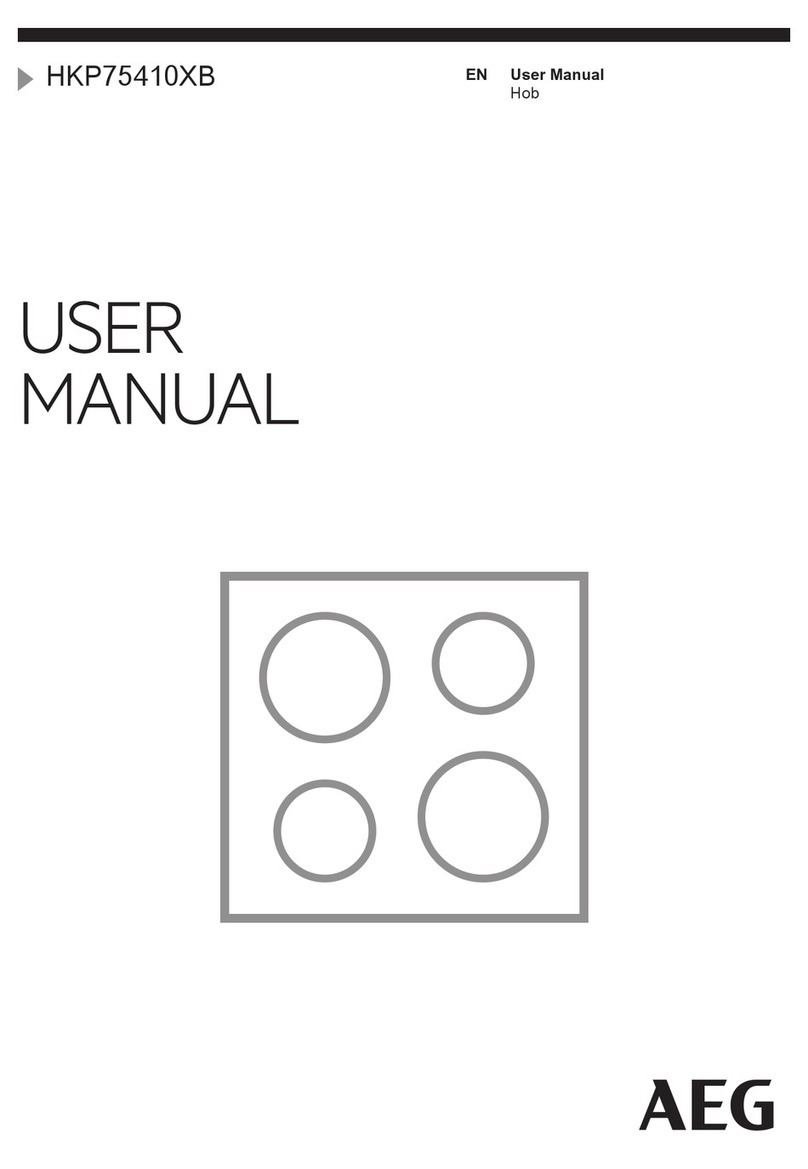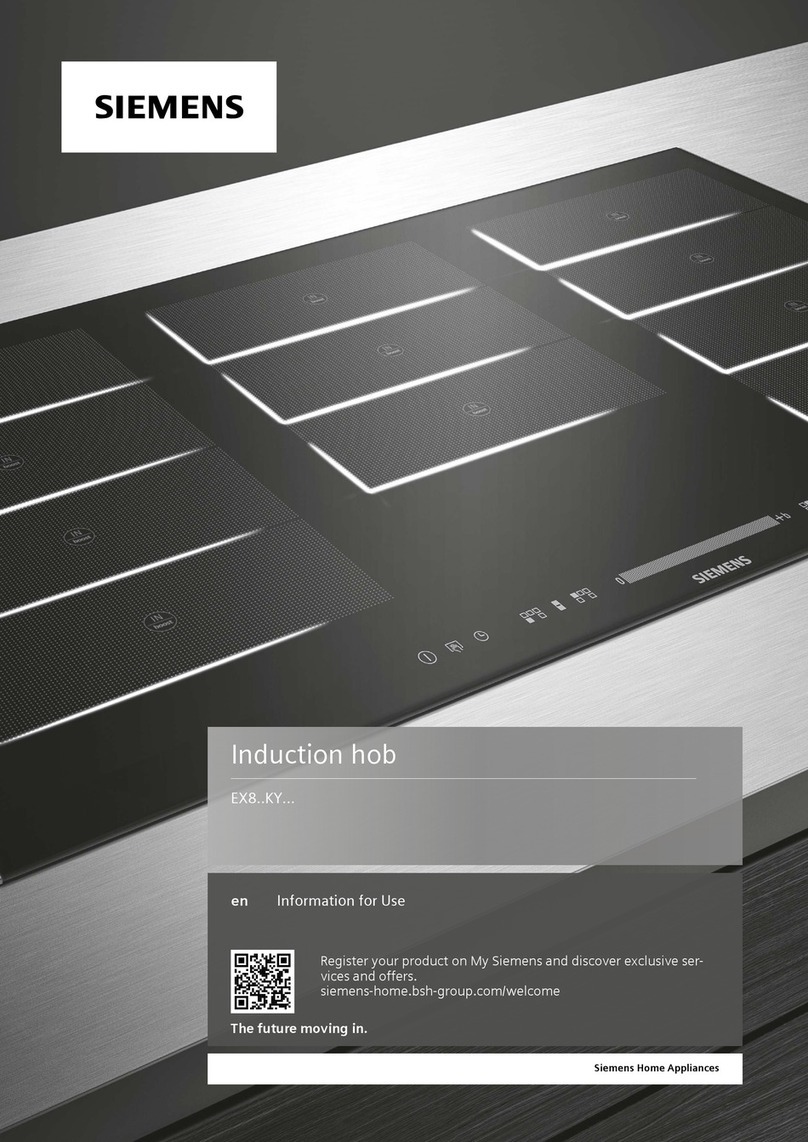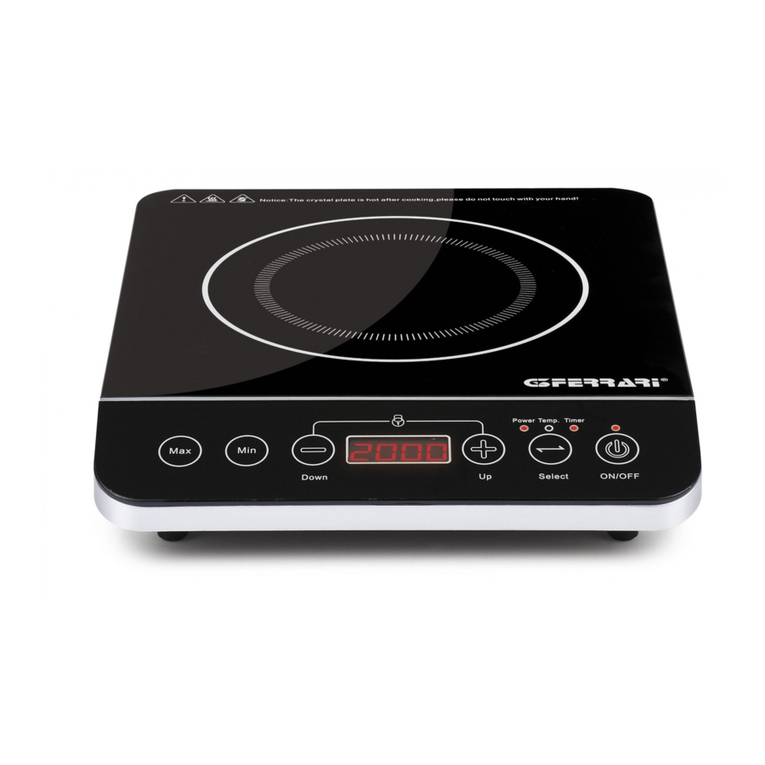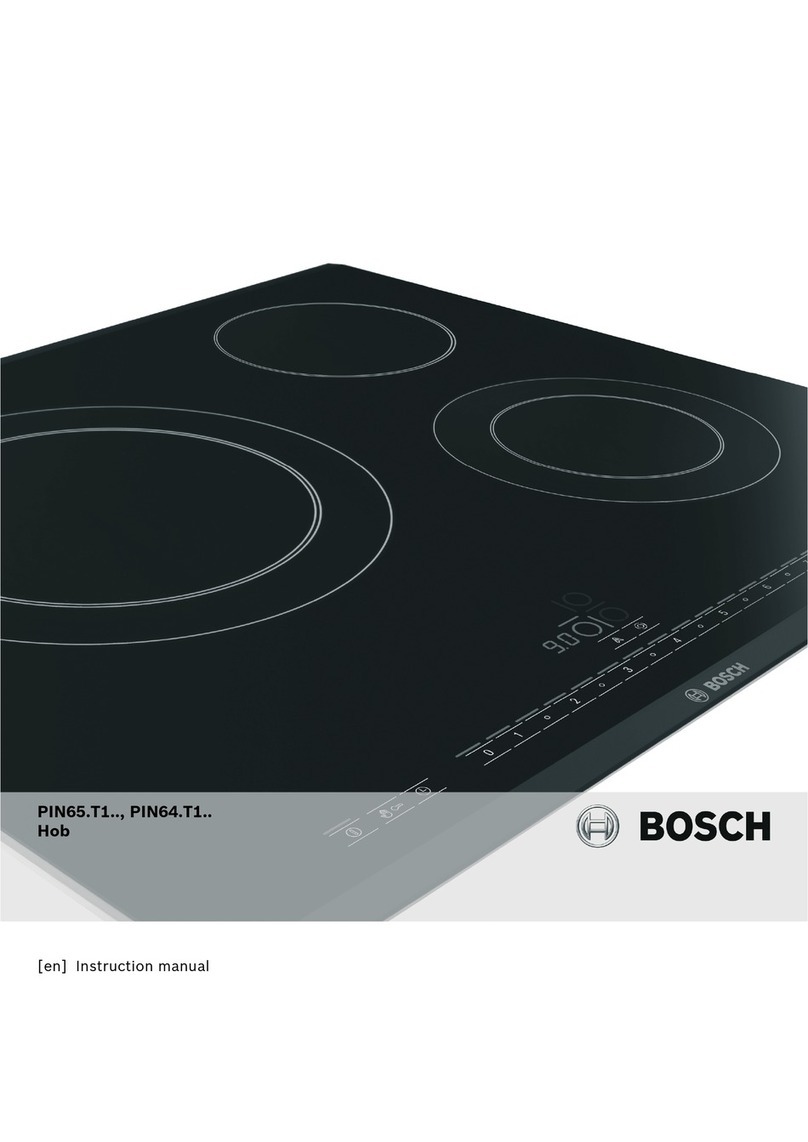8
The appliance was protected
from damage at the time of
transport. After unpacking,
please dispose of all ele-
ments of packaging in a way
that will not cause damage
to the environment. All materials used for
packaging the appliance are environmentally
friendly; they are 100% recyclable and are
marked with the appropriate symbol.
Important! Keep the packaging material
(bags, Styrofoam pieces, etc.) out of reach
of children during unpacking.
UNPACKING
DISPOSAL
This marking means that the
appliance must not be dispo-
sed of together with other ho-
usehold waste after it has been
used. The user is obliged to
hand it over to waste collection
centre collecting used electrical
and electronic goods. The collectors, inclu-
ding local collection points, shops and local
authority departments provide recycling
schemes. Proper handling of used electrical
and electronic goods helps avoid environ-
mental and health hazards resulting from
the presence of dangerous components and
the inappropriate storage and processing of
such goods.
In accordance with European Directive
2012/19/UE and Polish legislation regarding
used electrical and electronic goods, this
appliance is marked with the symbol of the
crossed-out waste container.
HOW TO SAVE ELECTRICITY
Using the electricity in a re-
sponsible manner not only
saves money, but also helps
protect the environment. So
let’s save electricity! This is
how it’s done:
●Use the correct cookware.
Cookware with at and a thick base can save
up to 1/3 of electricity. Please remember to
cover cookware with the lid, otherwise electri-
city consumption increased four times!
●Always keep the cooking zones and
cookware bases clean.
Dirt prevents proper heat transfer. Often
burnt stains can be removed only with agents
harmful to the environment.
●Avoiding unnecessary lifting the lid to
peek into the pot.
●Do not install the hob in the immediate
vicinity of refrigerator / freezer.
The electricity consumption is then unneces-
sarily increased.
